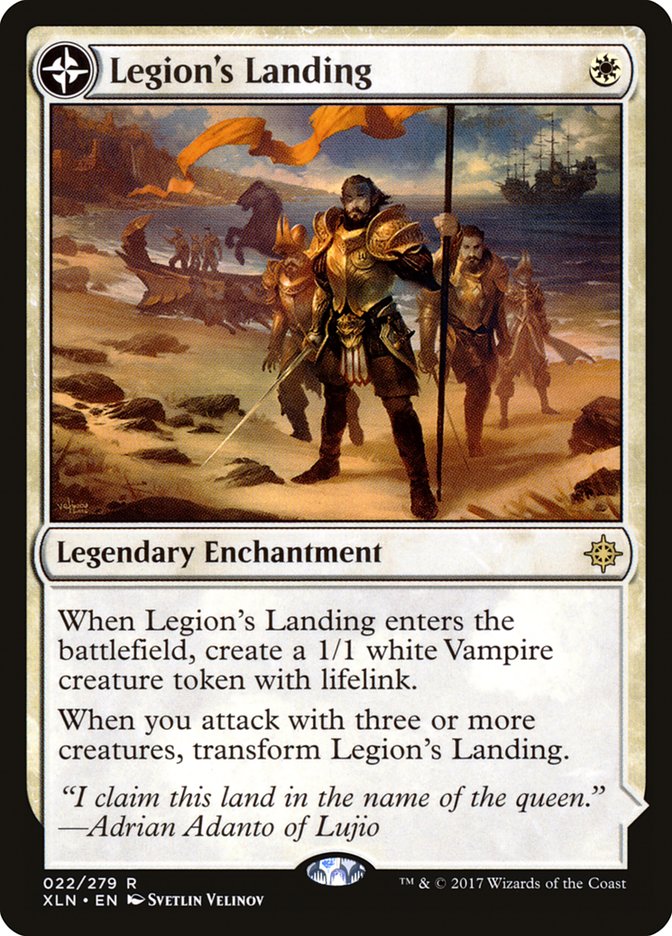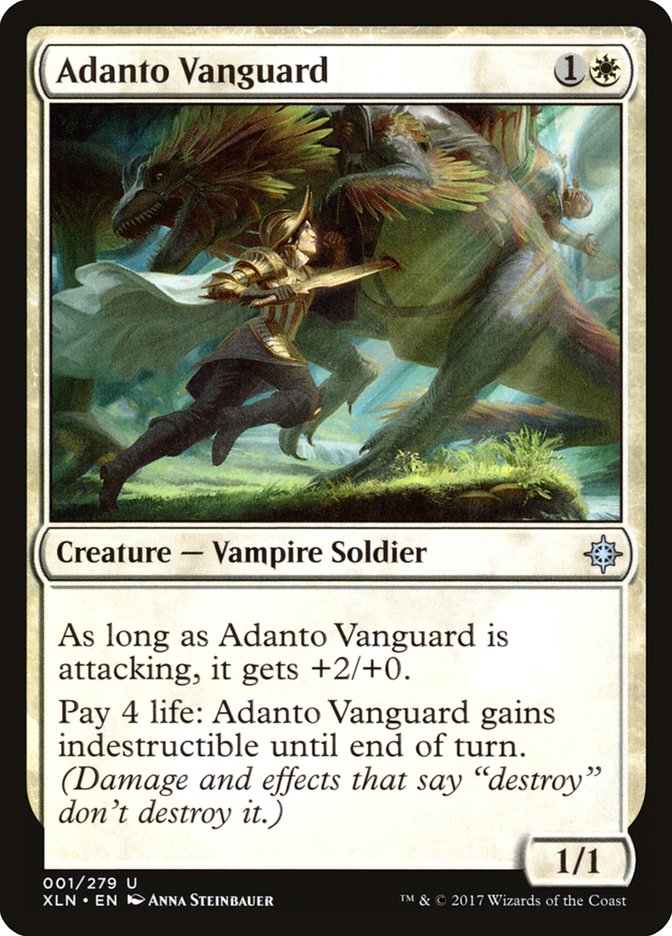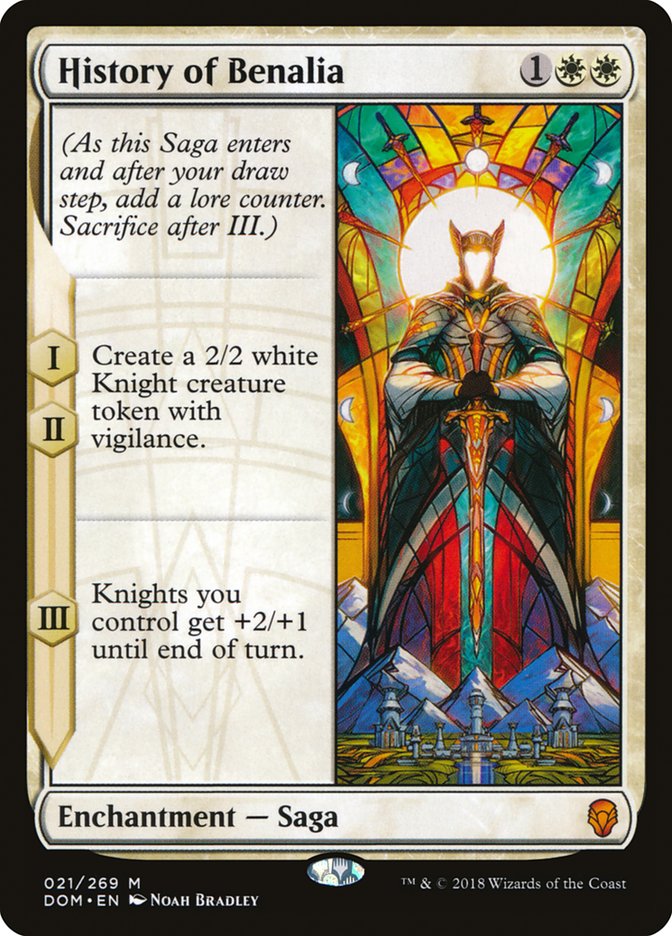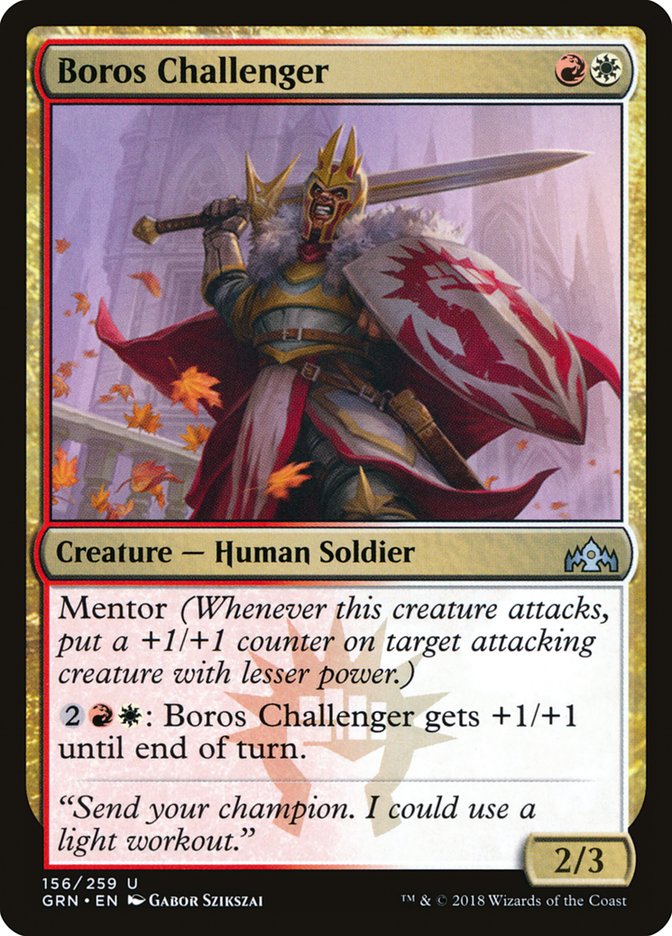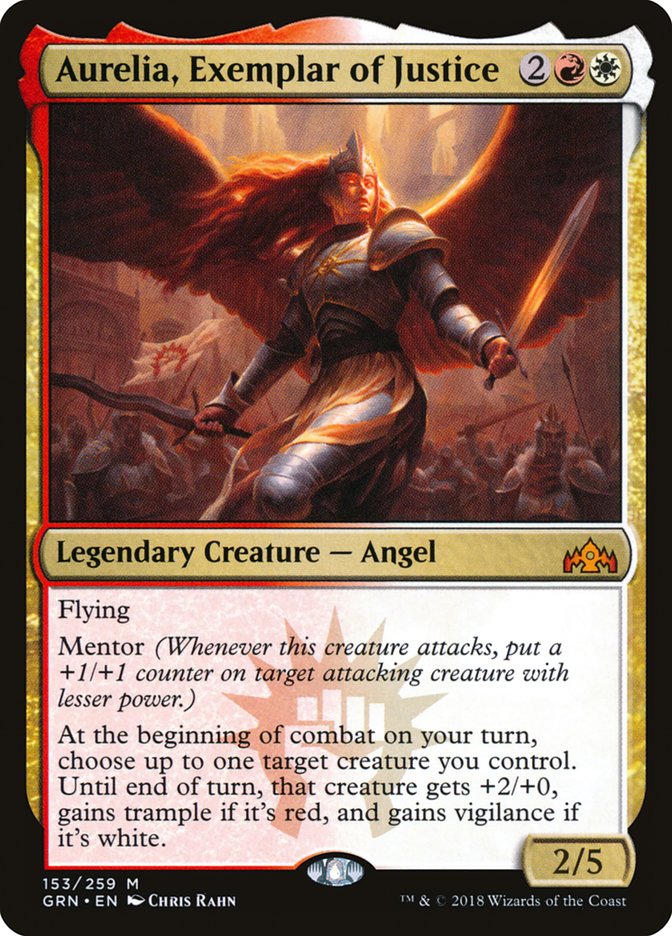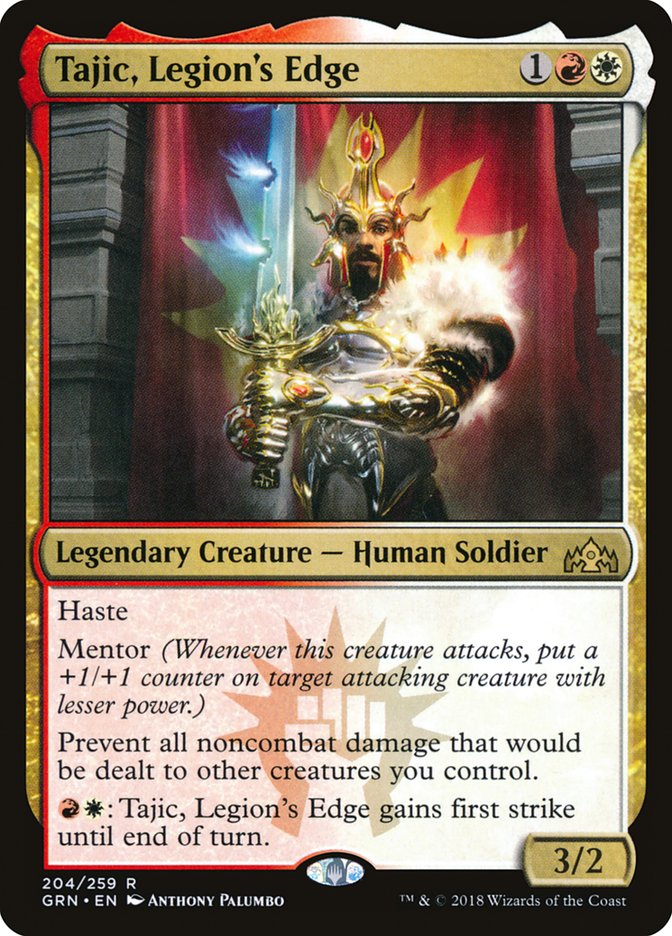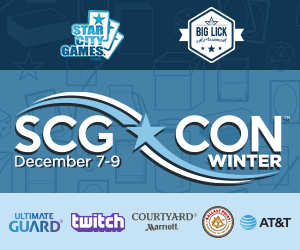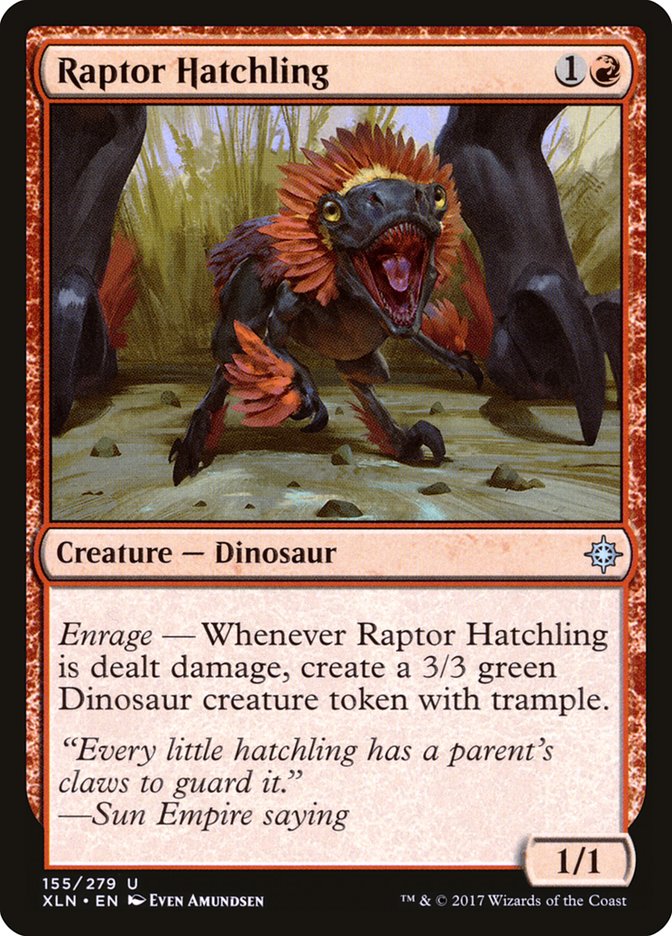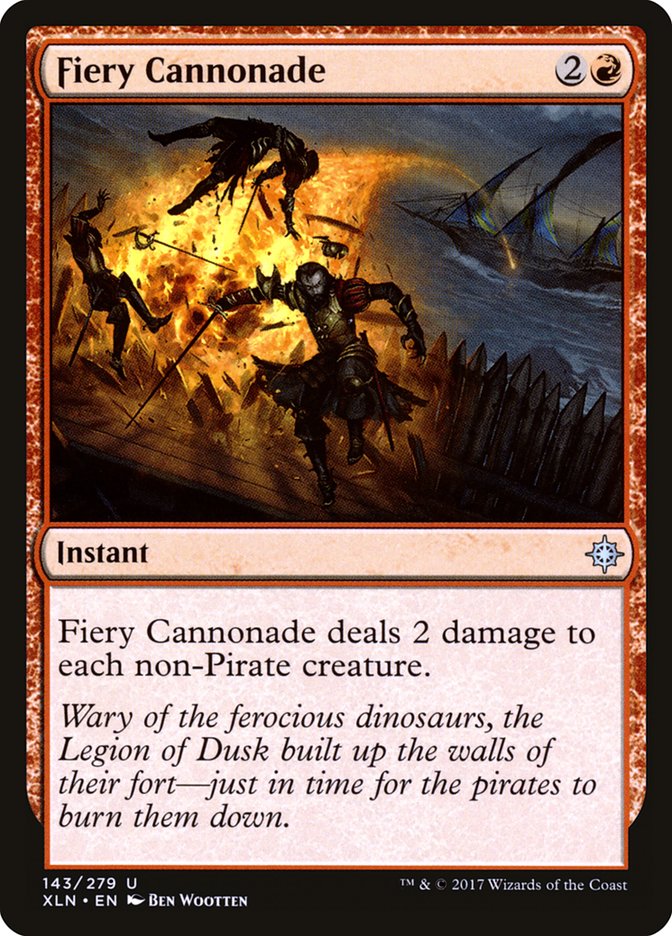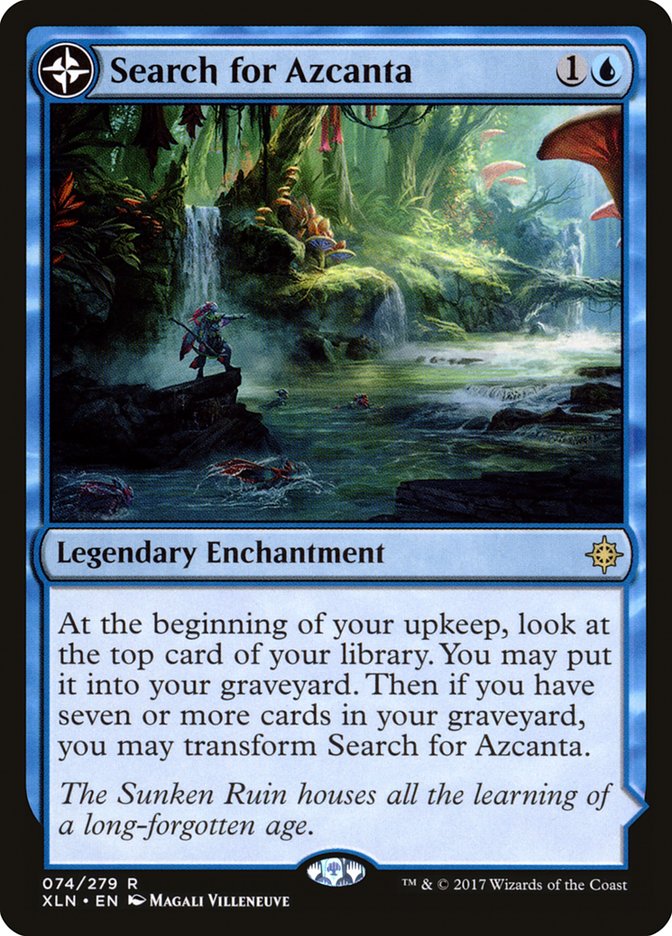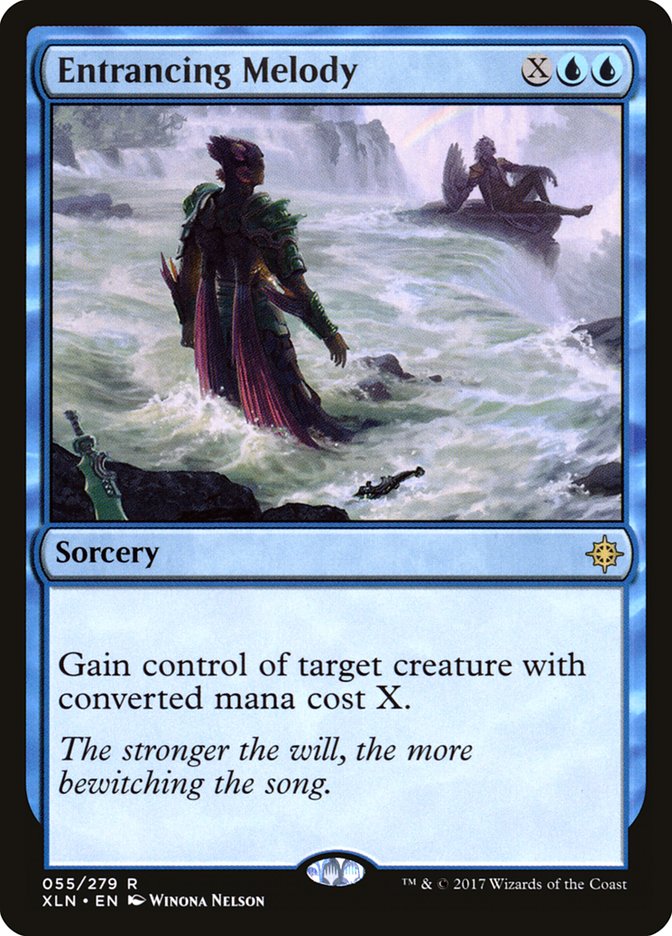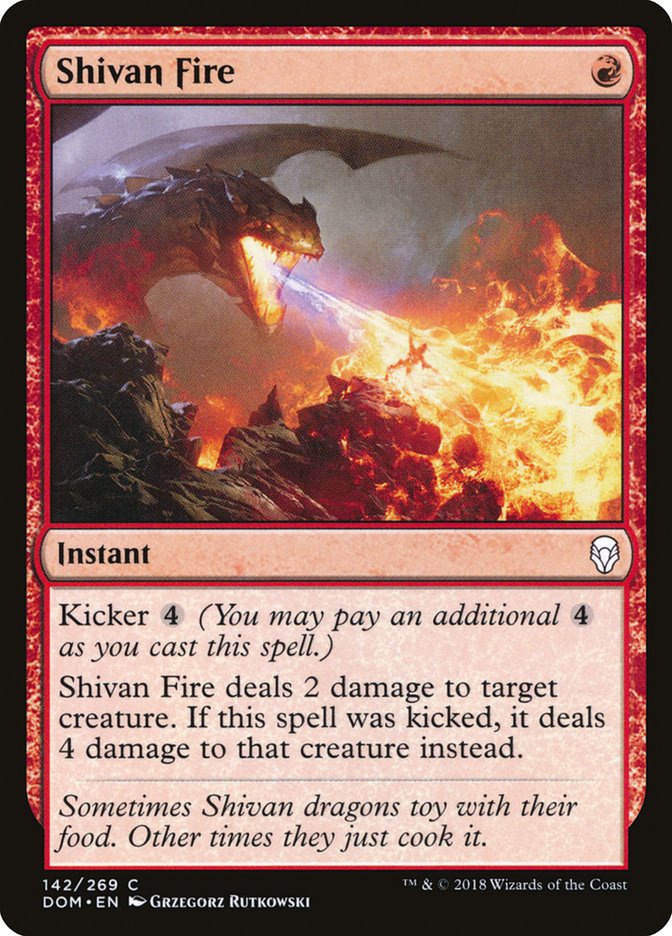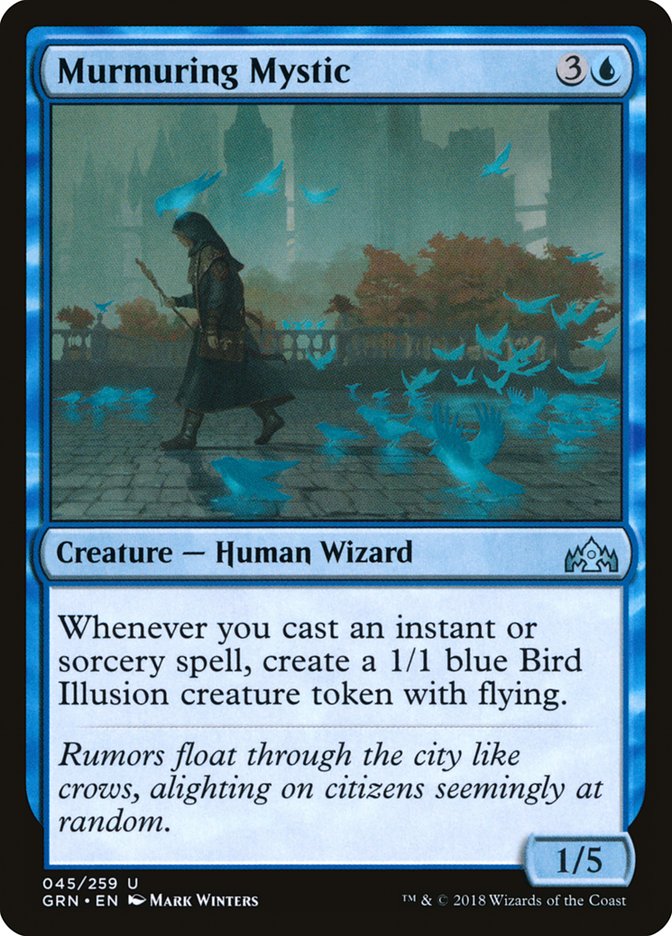In the wake of Pro Tour Guilds of Ravnica, Standard looks to be in
a relatively interesting, dynamic, and (best of all) exploitable place.
Aside from the obvious six copies in the Top 8 of Boros Aggro/Mono-White
Aggro/whatever you want to call the cluster of decks that play Legion’s
Landing, Adanto Vanguard and History of Benalia, there was a ton of
diversity between and within the various major archetypes. This means the
format isn’t close to reaching its final form, which is great news for deck
designers and deck optimizers.
Golgari decks have a plethora of options, starting with the division
between versions with Llanowar Elves and versions without (a la Autumn
Burchett’s excellent list). One can play more Wildgrowth Walkers and
Seekers’ Squires or focus on a ramp subtheme with Llanowar Elves and Druid
of the Cowl. The six-drops can be Vraska, Relic Seeker, Carnage Tyrant, or
a mix. Doom Whisperer is a potential inclusion at the top-end but works
best when the predominant removal packages of the format fail to properly
cover a 6/6 creature.
Then there are the white aggro decks, which can play Benalish Marshal or
eschew it for a heavier red splash, including cards like Boros Challenger,
Aurelia, Exemplar of Justice, or Tajic, Legion’s Edge.
Mono-Red Aggro can shift along a spectrum of late-game power vs. maximum
reach, with cards like Treasure Map allowing a true Big Red-style sideboard
juke. Gerry Thompson detailed his choices in
his piece last week
, and I have no reason to doubt his sound logic. Shifting from pure aggro
to a midrange deck with unexpected card advantage engines is a tried and
true strategy.
Jeskai Control can play Crackling Drake as a hefty roadblock against aggro,
or it can play closer to Eli Kassis’ GP-winning version, with Azor’s
Gateway as the engine to fuel massive Explosions. Both versions have their
appeal, and time will tell which one ends up being the superior choice.
Selesnya Midrange can play with Adanto Vanguard or Thorn Lieutenant (or
both) depending on whether the designer predicts a more aggressive or more
controlling metagame on a given weekend. It can also shift from a go-wide
strategy with Saproling Migration to a Boros Angels-style midrange deck,
with a pile of powerful four- and five-drops like Lyra Dawnbringer and
Shalai, Voice of Plenty.
And of course, Izzet Drakes, which can be split up at least three or four
different ways depending on what role the designer would like to take in
different matchups. Arclight Phoenix, Goblin Electromancer, Niv-Mizzet,
Parun, Search for Azcanta, Dive Down, Murmuring Mystic, Entrancing Melody,
and even the preferred cantrip suite are all up for discussion and
optimization. No one list has every angle covered, but there’s something
for everyone in the Izzet League. Just like in the heyday of Delver decks
in Scars of Mirrodin + Innistrad Standard, there are numerous
levels to the archetype and few sacred cows. The abundance of cheap
cantrips means that the deck sees a disproportionate number of sideboard
cards in the second and third games, which means that every single slot
matters. Let’s not squander any.
To start, here’s the list I played at the Pro Tour:
Creatures (11)
Lands (8)
Spells (41)

Eighteen beautiful lands is quite a sight to see. I think I might have had
the fewest lands registered of anyone in the entire event, which is a weird
flex, but hey, what can I say? Sometimes I get my kicks cutting lands from
stock decks.
In my experience with the deck, Arclight Phoenix itself was fairly
underwhelming. Sure, I played against seven white decks, one Jeskai
Control, one Golgari Midrange, and one Mono-Red Aggro, but even in testing,
I was consistently underwhelmed by Arclight Phoenix in the mirror matches
and against the aggressive decks. I was on the verge of cutting them and
playing eight Drakes and no Phoenixes, but I got cold feet at the last
minute and returned to the conventional wisdom. Ah, well. I’ll be trusting
my instincts for the next one!
After the Pro Tour, it seemed like the time was right to try to out-muscle
the Izzet mirror matches. In preparing for GP Milwaukee, for most of the
week I was sold on Phoenix-less Izzet, with the general gameplan in the
mirror of ramping up to seven mana and deploying Niv-Mizzet with Dive Down
for protection. I quite enjoyed my list, incorporating several new pieces
of technology:
Creatures (10)
Lands (8)
Spells (42)
- 6 Mountain
- 6 Island
- 4 Shock
- 4 Opt
- 4 Crash Through
- 2 Search for Azcanta
- 4 Chart a Course
- 3 Dive Down
- 4 Warlord's Fury
- 4 Lava Coil
- 1 Beacon Bolt
Sideboard

Raptor Hatchling is a Toru Inoue innovation from the Pro Tour, if I recall
correctly. The card is simply everything you could ever wish for against
the aggro decks. It trades with a small creature (such as a random
one-drop) and the leftover body brickwalls the medium-sized creatures
(Knight tokens, random one-drops, etc). It offers a legitimate shot of
racing an Adanto Vanguard, as a straight-up block of their 3/1 (with the
associated four life payment) followed by a crack back with your new 3/3
Dinosaur token is a good part of the way towards stealing a race. Oh, and
you can use a Dive Down on the block to essentially generate a free 3/3 and
cause them to pay four life. That’s when things get really fun!
It also works wonders with Fiery Cannonade, both the front half (in
destroying your own Raptor Hatchling for a free upgrade) and the back half
(in that your 3/3 Dinosaur can survive a Fiery Cannonade while small white
creatures get swept away). This card is so much more valuable than Sailor
of Means, and I’m ashamed that I didn’t think of it first. Hats off to you,
Toru!
The other major upgrade is from Firemind’s Foresight to Search for Azcanta.
This is just silly, folks. In the sideboard games one of the biggest
advantages is getting to Niv-Mizzet with Dive Down backup first. Search for
Azcanta helps you find both halves and then turns into a land to push you up to seven mana! Owning
the lategame by finding Dive Downs to protect your massive flying creatures
is easy mode, and when your opponent is spending time and cards generating
3/2 creatures that can’t attack into your 10/4 monsters, it just looks
silly.
Then, Friday morning of the GP, I spotted a Brian Braun-Duin tweet about
his version of Izzet Drakes with Electromancer, and a few doubts started
creeping into my mind.
“Damn, Entrancing Melody is nice.”
“Damn, Murmuring Mystic is nice.”
“Damn, sideboard Shivan Fire is nice.”
I’ll be honest, visions started dancing in my head of playing a Drake,
using my Dive Down to protect it from an end-step Shivan Fire, and then
getting it stolen with Entrancing Melody for the full blowout. I thought I
had the matchup solved, but Entrancing Melody + Shivan Fire was a dangerous
combo to one-up my Dive Down setup.
Of course, with cards like Shivan Fire and Entrancing Melody, Goblin
Electromancer gets a lot better, as the difference between a five-
or six-mana Melody or Shivan Fire for four-mana is a huge game changer.
My worries about Shivan Fire and Entrancing Melody as additional density of
Drake answers in the mirror match led me to want to play those cards
myself, which led me to feel compelled to try Goblin Electromancer, which
led me to play the two-mana cantrips over the one-mana ones, and caused me
to cut Fiery Cannonade, which led me to add Murmuring Mystic, and at that
point I thought it was correct to play the Phoenixes now that I had a
higher density of two-mana ways to discard them (Radical Idea being the new
addition).
So, bravo to Pascal Vieren, your list indirectly inspired me to completely
shift my gameplan at the last minute, and your innovations of Shivan Fire
and Entrancing Melody as answers to Knight tokens and Crackling Drakes
alike are possibly even more exciting than Toru Inoue’s Raptor Hatchlings.
Murmuring Mystic was also a great removal juke, blanking opposing Lava
Coils while generating massive tempo swings in the middle turns. Five
toughness is just so much!
Creatures (11)
Lands (9)
Spells (40)

There were a few things I still didn’t like about the list, and I’m (as
always) a greedy player, so I cut the Izzet Guildgate for a maindeck Search
for Azcanta (hey, it’s sort of the blue Rampant Growth!)
This is what I ended up playing at GP Milwaukee this past weekend:
Creatures (13)
Lands (8)
Spells (39)

Then I got mopped up by Selesnya Tokens. Turns out, when you rely on
Entrancing Melody as a primary answer to Adanto Vanguard, you’re going to
have an awkward time against Trostani Discordant. I also forgot my
Murmuring Mystic triggers several times, which was my own fault (of
course), but partially due to playing too much on MTGO, where the program
takes care of reminding you of all your triggers. Not the best way to go
out, to be sure, but the silver lining is that now I get to justify flying
to Shizuoka to play the doubleheader Legacy/Standard GP there for my second
attempt to hit that 12-3 I need for Platinum.
You can bet I’ll be sleeving up Izzet Drakes (unless, of course, I demolish
the Legacy tournament with an as-yet-unknown deck).
As for the exact list I plan on playing, I’ll be using the following
takeaways after several weeks of testing the deck to help inform my
decision. I highly recommend you do the same:
-
Eight Drakes with three or four Dive Downs is a recipe for beating
Golgari unless they have Plaguecrafters in their list.
Plaguecrafter is on the downswing right now, but keep that in mind. -
Fiery Cannonade and Raptor Hatchling are stellar answers for aggro
decks, but you may prefer Goblin Electromancer, Shivan Fire, and
Entrancing Melody. This is the key division between major
sub-archetypes. -
Murmuring Mystic is a great way to catch up on lost tempo if you
choose to play the Electromancer version of the deck. Remember your
triggers! - Dive Down is better than Maximize Velocity. I’ll reiterate it here.
-
Search for Azcanta is better than Firemind’s Research if you want
to make a Niv-Mizzet + Dive Down endgame. This is weak, of course,
to Star of Extinction. - Entrancing Melody is a liability against Trostani. Be careful!
-
Arclight Phoenix itself is not particularly important in the
semi-mirror matches, as it can’t break through Drakes. -
The Mirari Conjecture is cute, but for expensive endgames,
Niv-Mizzet + Dive Down is a bit more powerful. -
Know your role based on the texture of your hand and the matchup.
If you’re not sure how you are supposed to direct a given game, you
didn’t test enough. -
Just like I discussed in my article at the start of this Standard
format, one-mana spells are the best. You can justify two-mana
spells with Goblin Electromancer, but those double-spell turns are
what define a winning sequence. Make your deck able to execute
them.
It’s not quite on the same level as Delver decks of old, but Izzet Drakes
has enough play to it and enough diversity within the list that I’m
comfortable calling it the heir to the Delver throne. Every match offers a
ton of play, and there are a handful of distinct haymakers that one can use
to try to wrest the mantle of inevitability from the opponent. I can’t wait
to see what the future holds for Standard!


